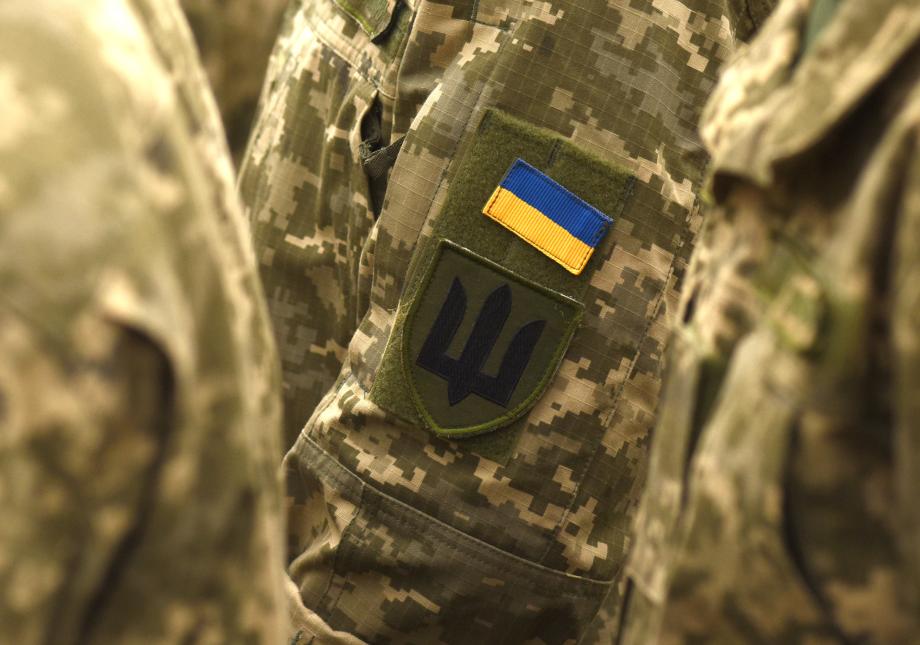Vilnius Summit: What can Ukraine expect from NATO?

With expectations of Ukrainian accession to NATO being very slim, all eyes are on Vilnius to see what the Alliance will offer Ukraine. A multi-year package to get Ukraine from Soviet to NATO standards and the Ukraine-NATO Commission getting upgraded to the role of council appear to be on the table. But does this truly provide any security guarantees?
Despite Ukrainian officials and civil society continuing to plead for official accession to NATO, this is improbable. However, NATO members agreed at the Bucharest Summit in 2008 that Ukraine would eventually join the alliance, and this remains the objective for both parties. Just recently, at the International Summit of Cities and Regions in Kyiv, Secretary General Jen Stoltenberg blatantly said, “Ukraine’s future is in NATO.”[1]
Although Ukrainian accession to NATO is currently unlikely, due to Alliance members providing military support (now including heavy armor battle tanks, training for pilots, and long-range cruise missiles[2]) an official statement regarding continued support for Ukraine is an anticipated outcome. Through such a statement, NATO could demonstrate that Ukraine is an agenda, not just a vision. This was shown through Sec Gen Stoltenberg’s opening remarks at the Bucharest Nine summit, which was established after Russia’s annexation of Crimea in 2014, in Bratislava earlier this month. Through his speech, he outlined certain key priorities for Vilnius, “We will strengthen our support for Ukraine with a multi-year package of assistance… All Allies agree that NATO’s door remains open.”[3]
The purpose of this multi-year package would be to help Ukraine transfer from Soviet era to NATO standards. Although Ukraine has already increased its interoperability abilities by utilizing any weaponry it receives, the process is currently unsustainable. Ukraine may be receiving weapons from the West and from NATO countries, however much of this weaponry is being destroyed in the war. Therefore, this multi-year package would allow for a more long-term view. This package can also be seen as a continuation of measures that are already in place but provides structure and conceptualizes what is already being done in a plan with concrete steps. Additionally, the multi-year package can help Ukraine become a high-value member who would strengthen NATO’s security. Ukraine already has first-hand battle experience and a trained army; the military has proven to be innovative, fast learners, and extremely adaptable. Therefore, by transferring to NATO standards, Ukraine will further become a high-value partner from which NATO has much to gain.
However, there are still many questions around what the multi-year package will entail. Does transferring to NATO standards mean solely removing all Soviet era weapons? If that is the case, why do certain NATO members still have legacy equipment? Will the package include reconstruction? Do the interoperability needs include logistics?
It is clear that NATO is using this package as a temporary compromise. It demonstrates that the Alliance is working towards Ukraine’s accession to NATO and gives Ukraine hope for eventual membership, while still relying on a previously established consensus. NATO members have already been sending aid (military and humanitarian) to Ukraine; therefore, this package allows NATO to argue they are providing more concrete and ambitious steps for Ukraine without risking being accused of overstepping.
According to Sec Gen Stoltenberg, several foreign ministers have also discussed upgrading the existing NATO-Ukraine Commission to a new NATO-Ukraine Council.[4] Currently, the commission is responsible for developing the relationship between the Alliance and Ukraine and includes cooperative activities as well as consultations. The decision to upgrade it to a council level would allow for more joint decision making. Ultimately, this step would be, once again, a more performative measure. NATO is attempting to make a statement with this symbolic gesture, but, at the end of the day, it is simply another example of playing politics.
The Council would not increase Ukraine’s security guarantees, raising the question of who is this “upgrade” going to make happy? Political measures such as this give exposure and keep the focus on Ukraine, but they also require funding and personnel. While other more productive measures may be deemed too risky for NATO at this time for fear of overstepping, especially with Ukraine having begun its counter-offensive, political measures, such as this one, work more towards making NATO feel like they are helping rather than actually increasing Ukraine’s security.
At the end of the day, NATO has continued to keep Russia’s war in Ukraine at the forefront of its security priorities. Providing support for Ukraine has been critical for the Alliance, and no matter what conclusions are drawn from Vilnius, as shown by Sec Gen Stoltenberg’s words, the consensus is there, “Then we also agree that the most urgent and important task now is to ensure that Ukraine prevails as a sovereign independent nation.”[5]
By
Sophie Goguillon
Research Trainee, Future of Security Programme, GLOBSEC
[1] https://www.nato.int/cps/en/natohq/opinions_214041.htm
[2] https://www.nato.int/cps/en/natohq/opinions_214799.htm
[3] https://www.nato.int/cps/en/natohq/opinions_215427.htm